For a while, “murder hornets” sounded like something straight out of a horror movie. These giant insects captured the nation’s attention with their menacing name and serious threats to native ecosystems. But good news—they’ve officially been eradicated in the United States! Here’s the full story of their invasion, the dangers they posed, and how they were defeated.
1. What Exactly Are Murder Hornets?
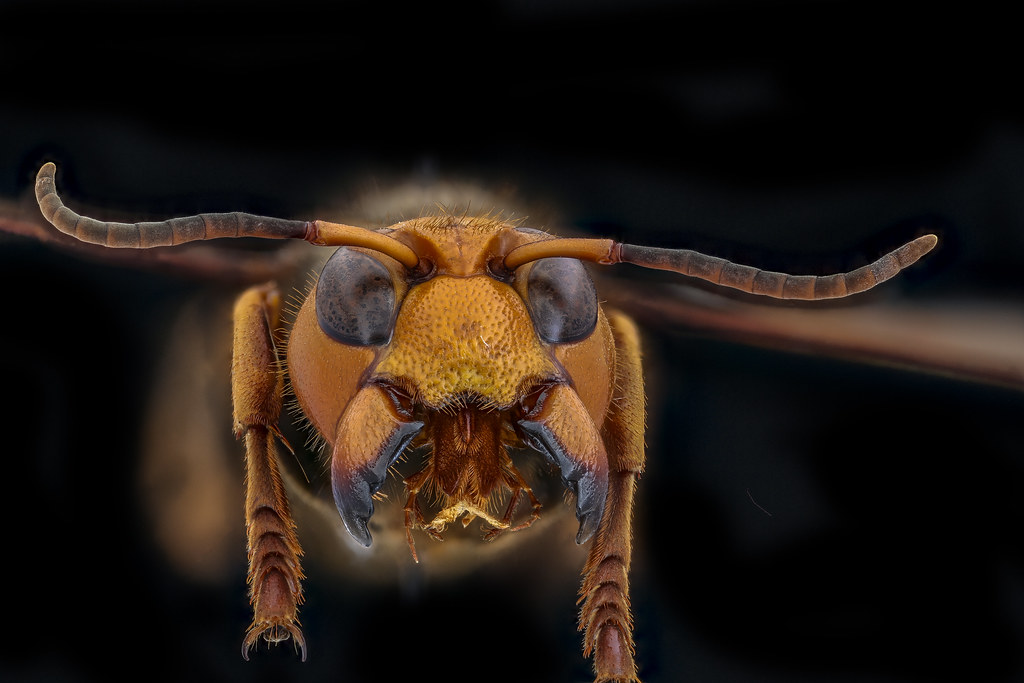
Flickr
Murder hornets, officially known as Asian giant hornets (Vespa mandarinia), are the world’s largest hornet species. Native to parts of Asia, these hornets measure up to two inches long and have a distinctive orange and black-striped body. Their name comes from their deadly efficiency at killing honeybees, decimating entire hives in hours. For humans, their venomous sting can be extremely painful and, in rare cases, even fatal. These hornets’ ability to devastate bee populations while posing risks to humans is what made their presence in the U.S. so alarming. Learning about their biology and behavior helps explain why scientists acted so swiftly to address the threat.
2. How Did They Get to the U.S.?
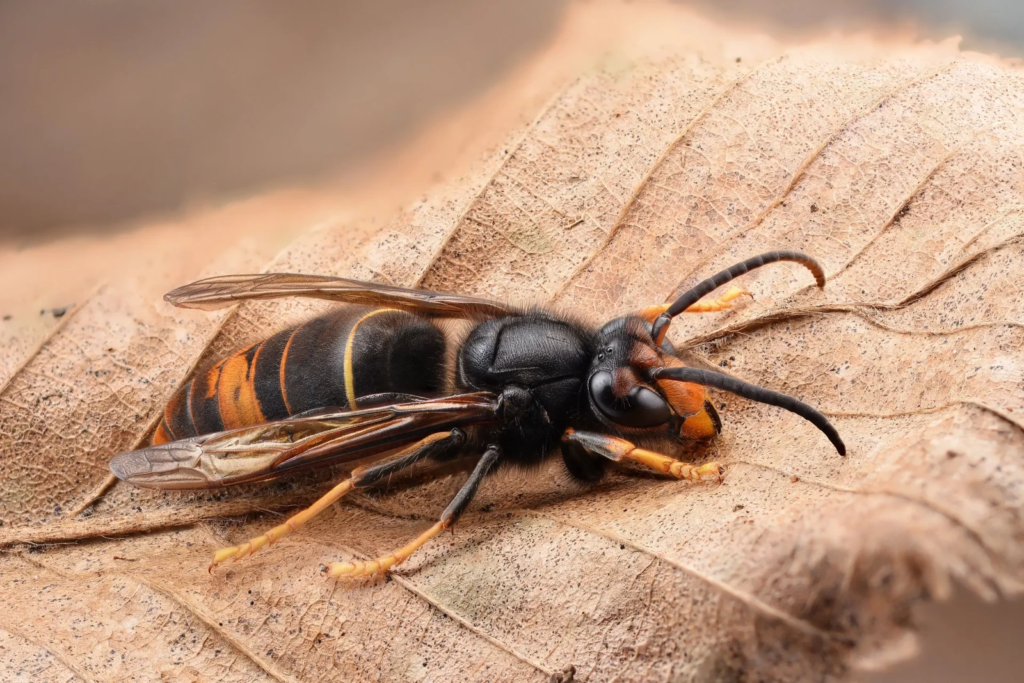
Animalia
The first sightings of Asian giant hornets in the U.S. were reported in late 2019 in Washington state. Experts believe they likely arrived accidentally through international shipping, a common pathway for invasive species. Once discovered, entomologists sprang into action to prevent their spread. These hornets’ unintentional arrival underscores the risks of global trade and the importance of monitoring imports. From packaging materials to hidden stowaways, invasive species can easily cross borders without anyone noticing. Identifying their entry point helped researchers focus their efforts on containing and eliminating these dangerous insects before they could establish a foothold in the U.S.
3. Why Were They So Dangerous?
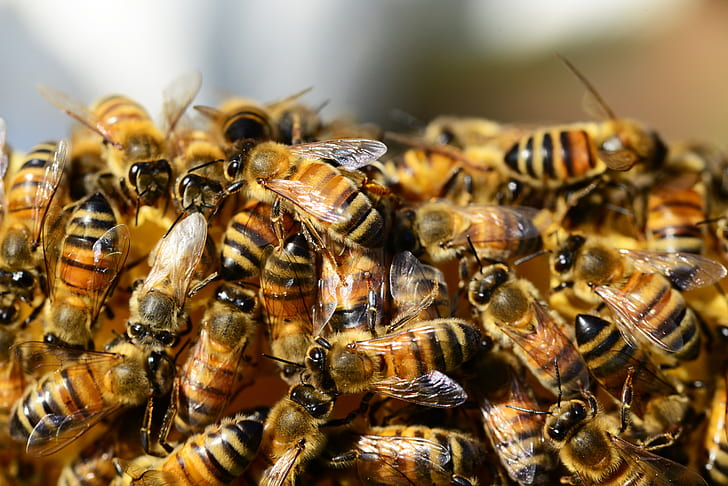
PickPik
Murder hornets posed a dual threat: ecological and physical. They were particularly devastating to honeybees, which are crucial pollinators for many crops. One hornet can kill dozens of bees in minutes, while a small group can obliterate a hive. For humans, their powerful sting could lead to severe allergic reactions or, in extreme cases, fatalities. Beyond the immediate danger to people, the loss of honeybee populations would have had far-reaching consequences for agriculture and ecosystems. The combination of these risks made eradication efforts a top priority for scientists and government agencies alike. Addressing these threats required swift action and innovative solutions.
4. Early Sightings and Public Panic
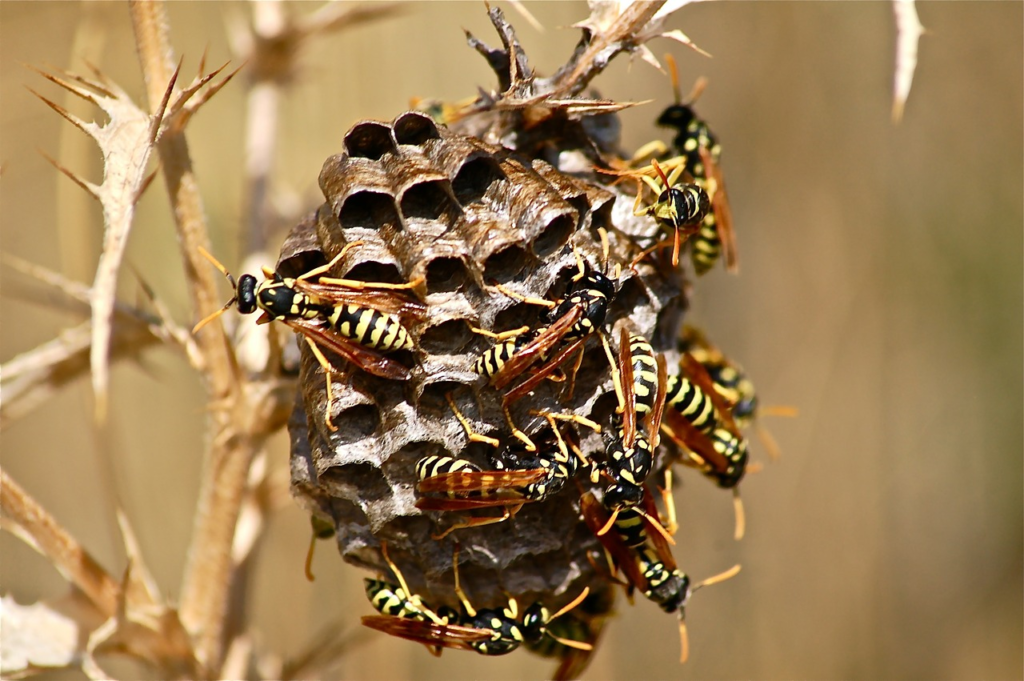
Needpix.com
The initial discovery of murder hornets caused widespread alarm, with sensational headlines warning of their arrival. Social media amplified the fear, painting these insects as unstoppable killers. While the risks were real, the panic often overshadowed scientific facts. This surge of public interest, however, had a silver lining—it spurred many people to report sightings, providing valuable data to researchers. Separating fact from fiction was critical in managing both the hornets and public perception. Educating people about the true risks and how to identify the hornets helped channel fear into meaningful action, ultimately aiding the eradication effort.
5. Tracking the Invasion
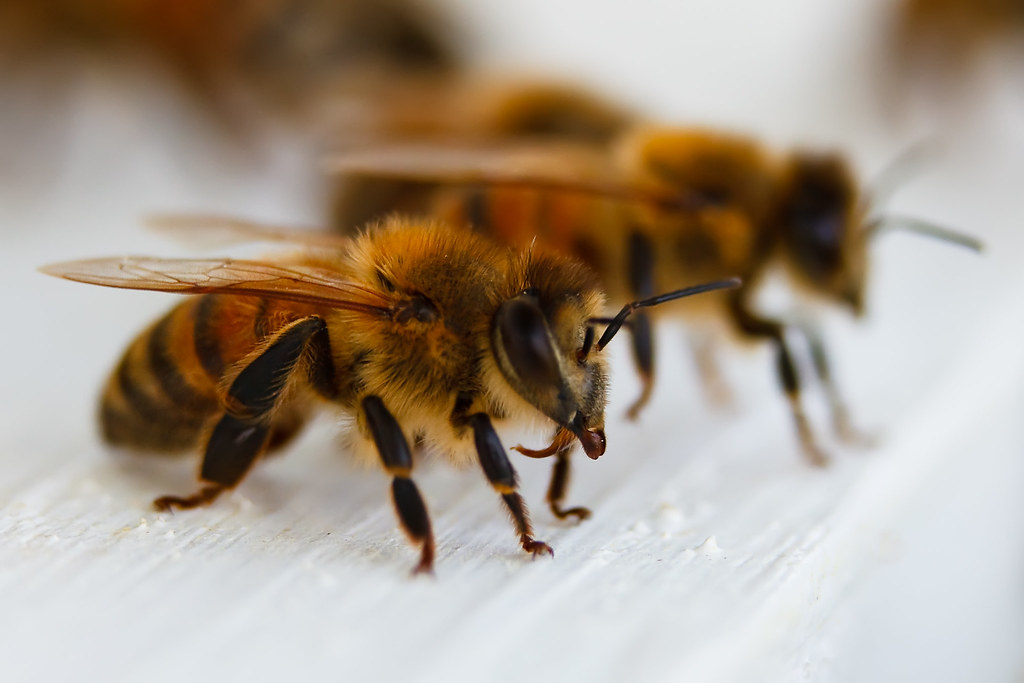
Flickr
Tracking murder hornets wasn’t easy. Researchers used radio tags to follow individual hornets back to their nests. This meticulous work required trapping hornets, attaching tiny trackers, and releasing them—a high-stakes process that played a critical role in their eradication. These tags provided essential data, revealing the hornets’ movements and helping teams locate hidden nests. The process wasn’t without challenges; it required precision and coordination to ensure the hornets didn’t escape during tagging. This innovative tracking method became a cornerstone of the eradication strategy, demonstrating how technology and ingenuity can tackle even the most daunting ecological threats.
6. Destroying the Nests
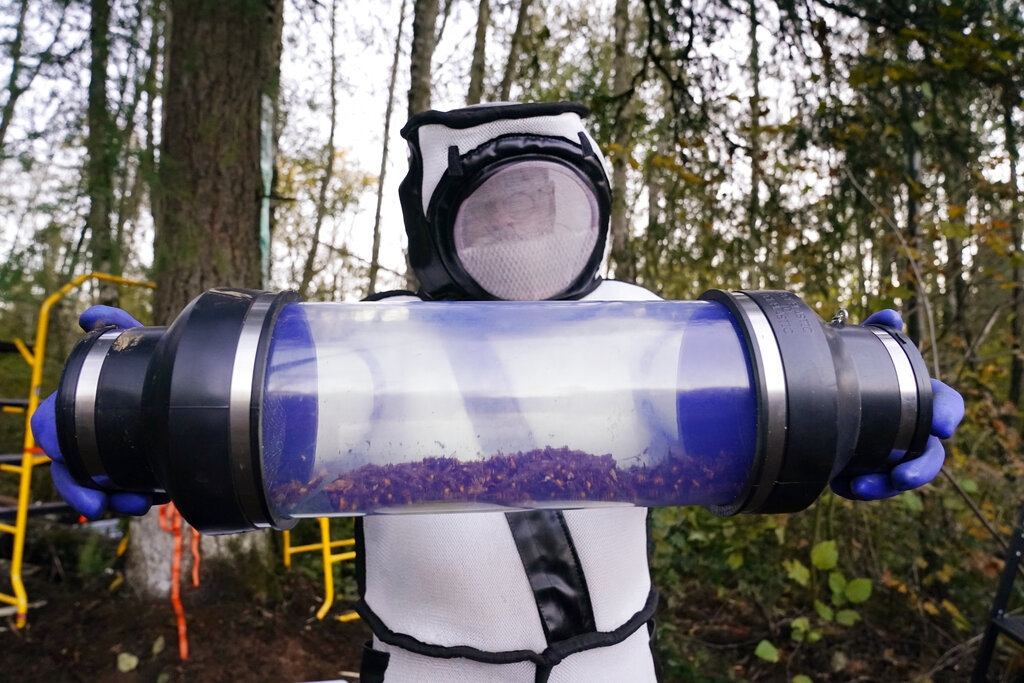
FMT
Once a nest was located, eradication teams moved quickly to eliminate it. Using protective suits, they vacuumed hornets from the nest and then destroyed the remaining hive with chemicals. These efforts required careful timing to ensure no hornets escaped. Each nest eradicated represented a significant victory in preventing the species’ spread. The process was labor-intensive and risky, requiring teams to work at night when hornets are less active. Despite these challenges, the coordinated efforts paid off, with each successful nest destruction bringing the U.S. closer to declaring the species eradicated. This step was crucial in safeguarding native ecosystems and pollinators.
7. The Role of Citizen Scientists

Wikimedia Commons
Everyday people played a big role in spotting and reporting murder hornets. Citizens were encouraged to photograph any sightings and submit them to state agricultural departments. This grassroots effort significantly boosted the detection and eradication process. Citizen scientists acted as the eyes and ears on the ground, vastly expanding the reach of official monitoring teams. Their contributions not only helped locate nests but also raised public awareness about the hornets and their impact. This collaboration between scientists and the public showcased the power of community involvement in tackling invasive species. Together, they made a critical difference in the fight.
8. The Ecological Impact
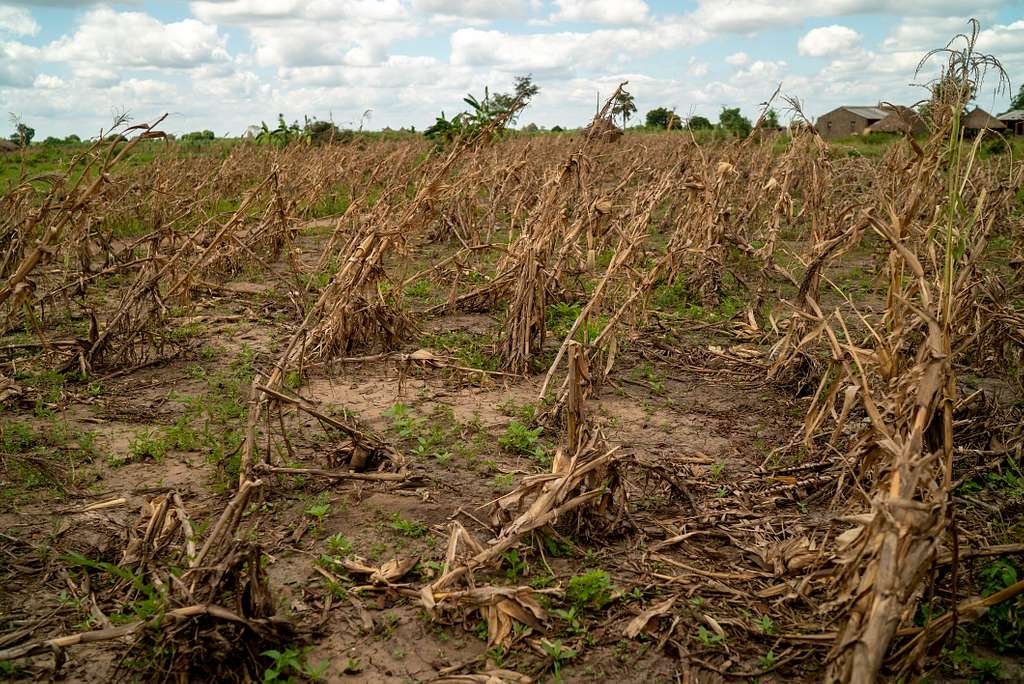
Picryl
If left unchecked, murder hornets could have had catastrophic effects on pollinator populations in the U.S. This, in turn, would have impacted agriculture and ecosystems. Their eradication was crucial to maintaining ecological balance. Pollinators like honeybees are essential for the reproduction of many plants, including key crops like apples, almonds, and berries. The loss of these bees would have triggered a cascade of negative effects, from reduced crop yields to declining biodiversity. By addressing the murder hornet threat, researchers not only protected bees but also safeguarded the broader ecosystems and food systems that depend on their hard work.
9. How Long Did It Take to Eradicate Them?
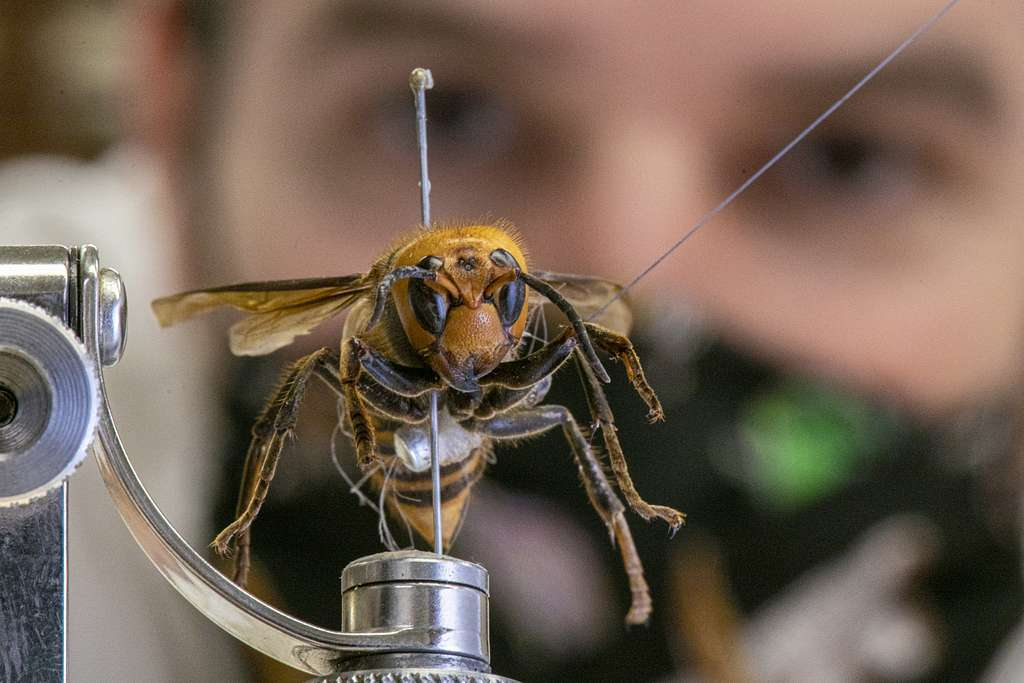
Picryl
From the first confirmed sightings in 2019, it took about four years of coordinated efforts to declare murder hornets eradicated in the U.S. This timeline highlights the challenges of managing invasive species and the dedication of scientists and officials involved. The eradication effort required extensive resources, from field surveys to advanced tracking technologies. Each step, from initial detection to the final confirmation of eradication, demanded patience and persistence. The success of this operation serves as a reminder of what can be achieved through collaboration and determination. It’s a testament to the importance of investing in invasive species management.
10. Lessons Learned from the Invasion
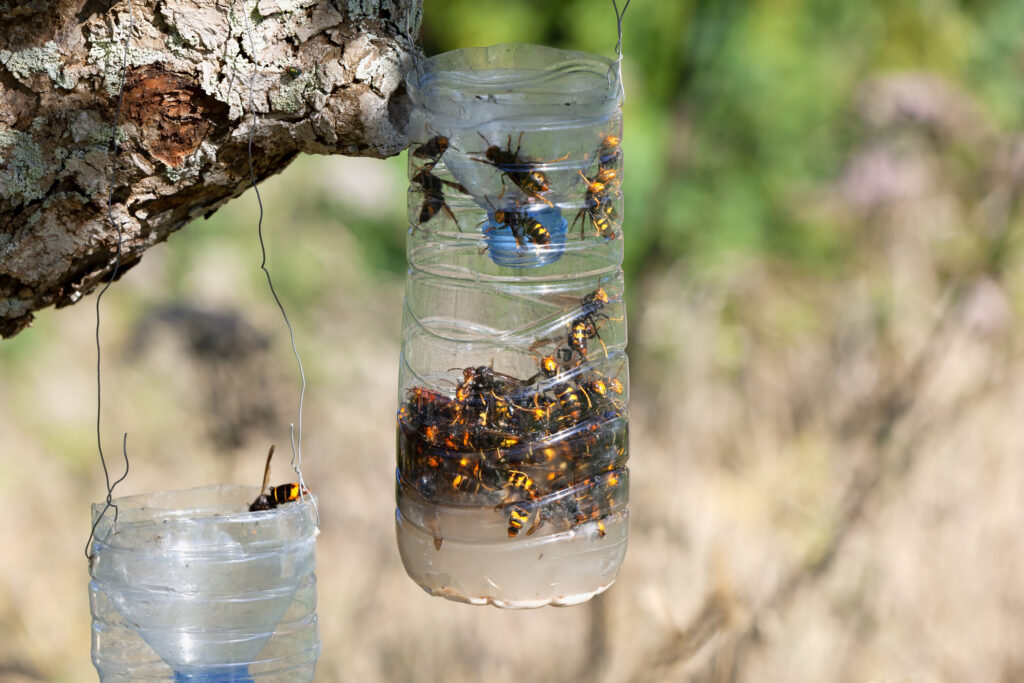
iStock/:PLG
The fight against murder hornets offered valuable lessons in handling invasive species. Rapid response, public involvement, and innovative tracking methods proved essential. This experience sets a precedent for dealing with future biological invasions. By acting quickly and using a combination of technology and citizen science, researchers were able to prevent the hornets from establishing a permanent presence. The collaboration across state, federal, and local levels highlighted the importance of coordinated efforts. These lessons will undoubtedly inform strategies for managing other invasive species, ensuring we’re better prepared for similar challenges in the future.
11. Are Murder Hornets Gone for Good?

Pexels
While they’ve been eradicated in the U.S., there’s no guarantee they won’t return. Vigilance will remain key, especially in monitoring ports and other potential entry points. Continuous public awareness is also vital to catch any reappearances early. The risk of reintroduction underscores the importance of ongoing monitoring and international cooperation. By maintaining strict biosecurity measures and educating the public, we can minimize the chances of another invasion. The eradication of murder hornets marks a significant victory, but the fight against invasive species is far from over. Staying proactive is essential to preserving this hard-won success.
12. What Can Be Done to Prevent Future Invasions?

Pexels
Preventing future invasions requires stricter regulations on international shipping and trade. Enhanced inspection of goods, public education, and rapid response protocols will help minimize the risk of invasive species like murder hornets making a comeback. Increased funding for research and monitoring programs is also crucial, as it allows scientists to detect and address threats early. Public participation remains a key component, as informed citizens can play a vital role in reporting suspicious sightings. By combining preventative measures with swift action, we can protect ecosystems from the potentially devastating impact of invasive species. Prevention truly is the best strategy.
13. A Victory for Bees—and Us!
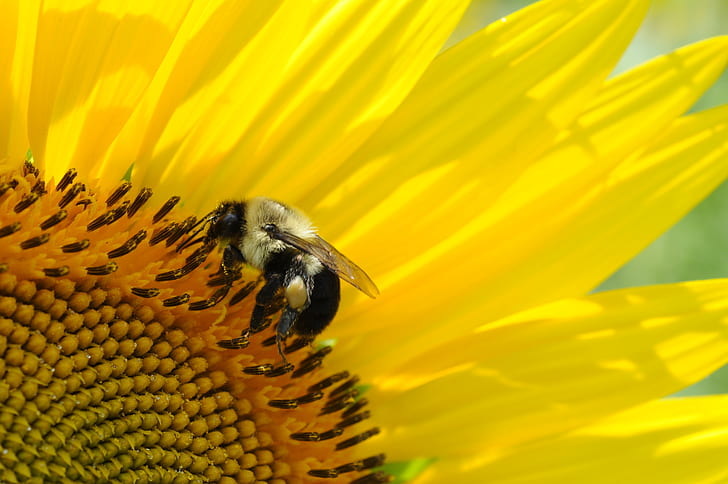
PickPik
With murder hornets eradicated, honeybee populations in the U.S. can breathe a sigh of relief. This victory highlights the power of science, collaboration, and community action. It’s a win not just for bees but for the ecosystems and agriculture they support. The success of this effort demonstrates what can be achieved when we prioritize environmental protection and work together toward a common goal. While challenges remain, this milestone serves as a reminder of the importance of vigilance and perseverance. Here’s to celebrating this achievement and continuing the fight against invasive species worldwide!


